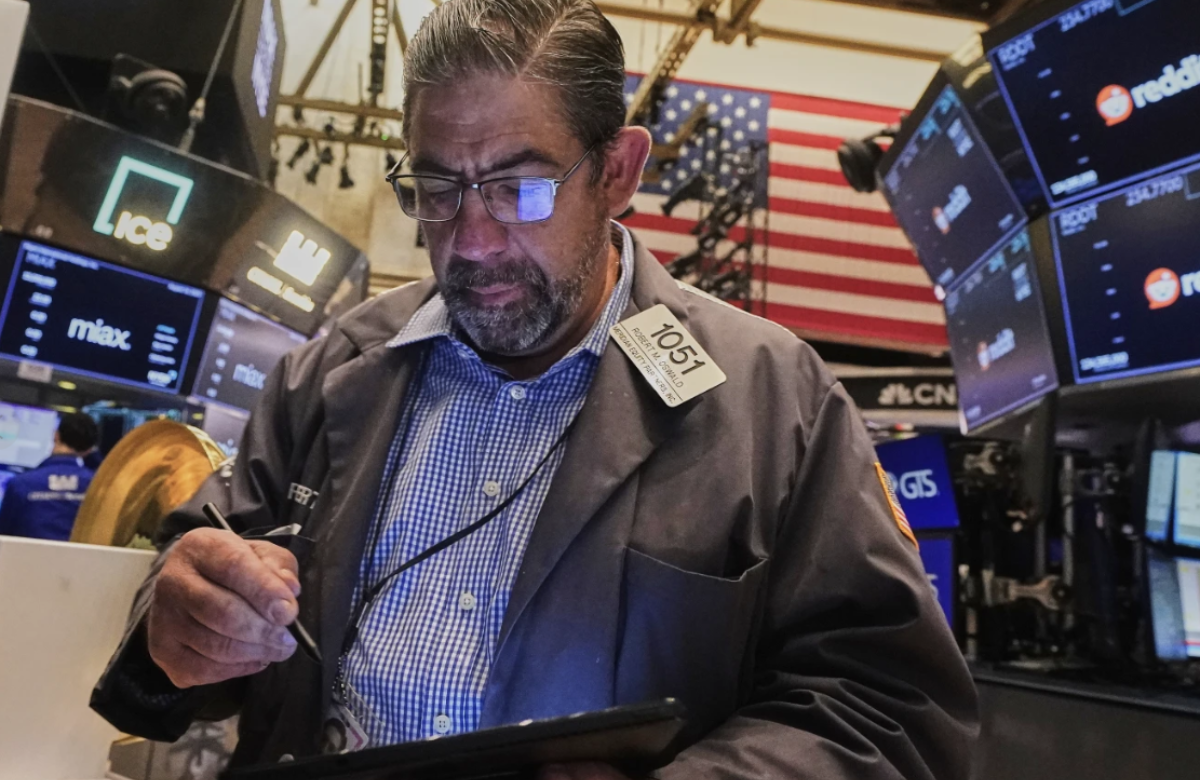The International Monetary Fund (IMF) has revised its economic outlook, warning that global and U.S. economic growth are set to slow significantly, largely due to tariffs imposed by the Trump administration and the uncertainty surrounding them.
In its latest World Economic Outlook, the IMF projects that global growth will slow to 2.8% this year, down from the 3.3% forecast made in January. Growth in 2026 is now expected to be 3%, also below earlier estimates. The world’s two largest economies—China and the United States—are both projected to weaken under the weight of these trade tensions.
U.S. growth is now expected to reach just 1.8% in 2025, a significant drop from the earlier 2.7% projection and well below 2024 levels. While the IMF does not foresee a full recession in the U.S., it has increased the probability of one from 25% to 40%. Private-sector economists, like those at JPMorgan, put the odds even higher—around 60%. The Federal Reserve has also revised its forecast downward to 1.7% growth this year.
China’s economy is similarly affected, with growth now expected to slow to 4% both this year and next—about half a percentage point lower than earlier predictions.
Pierre-Olivier Gourinchas, the IMF’s chief economist, described the current moment as a turning point for the global economic order. “This global economic system that has operated for the last eighty years is being reset,” he said.
The IMF highlighted how sweeping new tariffs from the U.S. are reverberating across global supply chains. With U.S. import taxes now averaging about 25%—the highest level in a century—businesses around the world are facing higher costs and increased uncertainty. These new duties, announced by the Trump administration on April 4, cover imports from nearly 60 countries and include a near-universal 10% tariff.
Although the administration temporarily paused the new duties for 90 days starting April 9, the IMF’s forecasts were not significantly altered. Both the U.S. and China have maintained high tariff levels, and their ongoing trade war has already had a significant impact.
Among the most affected sectors are automobiles, steel, and aluminum. The U.S. has imposed 25% tariffs on most Canadian and Mexican imports and 10% duties on nearly all other imported goods. Particularly striking is the 145% tariff on Chinese products, though some electronics like smartphones and computers have been exempt. In retaliation, China has implemented 125% tariffs on U.S. exports.
These measures are expected to disrupt global trade networks, as many goods that cross borders are parts for larger products. Gourinchas compared the potential fallout to the supply chain disruptions experienced during the COVID-19 pandemic. “Companies facing uncertain market access will likely pause in the near term, reduce investment, and cut spending,” he wrote in a blog post.
Developing countries are expected to be hit hardest. Mexico’s economy, for instance, is now forecast to shrink by 0.3% this year—down from a previous projection of 1.4% growth. South Africa is projected to grow just 1%, compared to the earlier 1.5% estimate.
While the U.S. is facing a supply shock from higher import costs, China is dealing with weaker demand as American consumers scale back on Chinese goods. Inflation in the U.S. is likely to rise to about 3% by year’s end, whereas inflation in China is expected to remain mostly stable.
Gourinchas acknowledged widespread concerns about globalization’s role in the loss of manufacturing jobs, but he emphasized that the greater culprit is technological change and automation. He noted that countries with both trade surpluses and deficits, like Germany and the U.S., have seen flat manufacturing output even as employment in the sector has declined due to advances in technology.
Although China’s economy will take a hit from reduced exports, increased government spending is expected to help offset the damage. The European Union, which faces relatively smaller U.S. tariffs, is also seeing slower growth. Still, higher public spending in countries like Germany will help cushion the blow. The eurozone is now expected to grow by 0.8% this year and 1.2% next year—just 0.2 percentage points below earlier forecasts.
Japan is also feeling the pressure, with growth projections trimmed to 0.6% this year and next, slightly lower than previously anticipated.
In a separate analysis, the IMF warned that financial risks are also on the rise. Despite market turbulence triggered by the tariffs, some asset prices remain high, making them vulnerable to future corrections. Financial firms, especially hedge funds and asset managers with heavy debt, could be forced to sell assets in unstable markets, potentially worsening volatility.














